Balanced sources vital for nation’s power funding
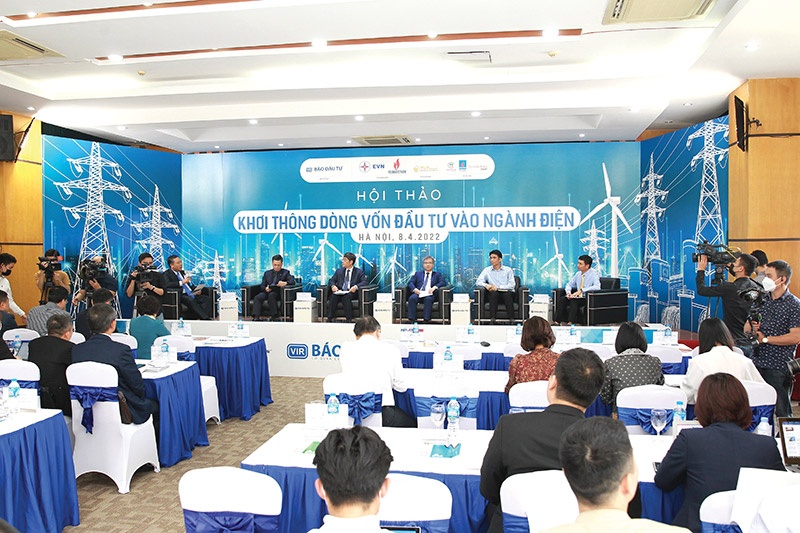 |
| Vietnam is looking for a more concerted effort when it comes to power investing. Photo: Chi Cuong |
The total investment for Vietnam’s electricity development in the 2021-2030 period is estimated at $141.59 billion, of which $127.45 billion is allocated for power sources, and about $14.14 billion for electrical grids.
These were the fresh figures revealed by the Ministry of Industry and Trade (MoIT) at last week’s seminar at VIR titled “Streamlining Power Investments in Vietnam”.
To achieve a net-zero emissions target by 2050, the funding requirement for power system growth between now and 2045 is approximately $532 billion, $132 billion higher compared to the normal scenario (without carbon neutrality ambition). This might result in a 30 per cent rise compared to conventional electricity prices, state-owned Electricity of Vietnam estimates.
Le Nhu Phuoc An, deputy general director of major energy developer Trungnam Group, pointed out the challenges hampering investor confidence in Vietnam’s sustainable power system.
“The MoIT's proposal governing power tariffs which contains disadvantageous provisions for investors as the selling prices of power will be listed in VND, while developers usually borrow foreign currency-denominated loans. This, consequently, triggers various risks and unpredictable factors, such as exchange risks and skyrocketing inflation across the globe,” An said. “Moreover, the price is applied until 2055 without any concerted vision for the time afterwards. This is hindering investment flows into the sector.”
In addition, power purchase agreements should be adjusted to international practices to become bankable and ensure equality between sellers and buyers.
“Furthermore, debt and credit restructuring policies have revealed a lot of shortcomings as investors cannot borrow foreign capital to pay for VND-denominated debts. Meanwhile, local capital is not enough for us and interest rates are high,” Phuoc An emphasised.
Hoang Trong Hieu, deputy chief of the National Office of Electricity Development under the MoIT, said that renewable energy projects, which often require a large sum of funding sources, are particularly susceptible to fluctuating weather patterns. “Thus, financial institutions and commercial banks may hesitate to lend to them,” he explained.
A representative of the Credit Department for Economic Sectors under the State Bank of Vietnam (SBV) revealed that the total capital for renewable energy projects is still modest compared to conventional ones.
As such, a novel policy to encourage sustainable renewable energy is a critical element for the country to achieve its carbon neutrality ambition.
Nguyen Tuan Anh, deputy director of the Department of Electricity and Renewable Energy of the MoIT also expressed his optimism in Vietnam’s significant commitment to reach net-zero emission by 2050 and tackle climate change. Consequently, emissions will be cut to 148 million tonnes of CO2.
“To achieve this milestone, we need to gradually phase out coal-fired power plants and resort to renewable energy, such as solar or offshore wind,” Anh remarked.
On the other hand, by 2025, the SBV also targets at least 10-12 banks to establish specialised units or departments for environmental and social risk management while 60 per cent of banks have access to green capital and provide loans for green credit projects.
The SBV strongly encourages banks to develop green financing strategies independently or integrate such strategies into their annual business development plans. This initiative is in line with international practices and Vietnam’s current economic context.
According to Nguyen Tai Anh, deputy general director of EVN, since 2020 Vietnam has had almost no backup power due to zero growth in load. Therefore, to reach the set goals, the country needs to balance the proportion of power sources from the government budget, international credit institutions, and private investors. Specifically, the latter would require an appealing legal corridor, as profit is of the utmost importance to private investors.
“The current total investment is $14 billion per year, which is a significant increase compared to $9 billion per year in the previous period. However, EVN is just one player. We cannot afford such large capital, so we need to call for investment from other members in the economic society,” Anh said.
This year would be the third in a row that the average retail price for electricity remains unchanged, despite a high increase in the price of fuel for power generation. According to experts, this will directly affect the attraction of investment in the electricity industry in the coming period.
An of Trungnam Group also stated new policies on energy generation still pose a handful of roadblocks to financiers.
“Vietnam boasts vast potential for developing wind energy, that’s why we are striving to jump on this bandwagon,” he noted. “We should also consider allowing the private sector to invest in the transmission grid, along with specific regulations related to prices and performance assessments.”
From a foreign bank’s perspective, HSBC Vietnam acknowledged that one of the key constraints is the lack of specific guidelines on identifying and managing environmental and social risks in project financing.
The UK-backed lender believed that the local authority should come up with more rewards to motivate banks on their green journeys including higher general credit growth caps for those banks that comply with or overachieve their target. Moreover, the SBV could apply a lower growth cap for those that do not as a disincentive could be an option for consideration.
| Tran Quoc Phuong - Deputy Minister of Planning and Investment
With the GDP growth target of 6-6.5 per cent in 2022, the demand for electricity under a conservative plan will grow by 8.7 per cent. With the economy recovering strongly, electricity demand under an optimistic scenario will grow by 11.5 per cent in 2022 and on average 10.36 per cent per year in 2023-2025. That said, ensuring electricity supply in the coming time will see many difficulties, especially in the north, where the electricity demand accounts for nearly 50 per cent of the whole country. New power sources expected to be completed annually in 2022-2025 are lower than the growth in load. Meanwhile, the power support from north to south is limited by the transmission capacity of the 500 kV transmission line. As the Vietnamese government embarks on the zero-emission journey set out by the Prime Minister at COP26, investment in the power industry will need to see big changes, including investment in green energy. Meanwhile, according to the Power Development Plan VIII, annual investment has to reach $13 billion to meet the development needs of the power industry. In order to fulfill this challenging requirement, in addition to appropriate government policies, recommendations and suggestions from domestic and international investors would be a driving force for a complete power solution that improve people’s living standards and enhance defense and security potentials. Nguyen Thai Ha - Director T&T Energy Group
With a vision towards sustainable development, T&T Group has invested in and continues to develop renewable power plants, such as with solar power and gas, with a capacity of up to 500MWp. Earlier this year, we held the groundbreaking ceremony for the next component of the Hai Lang LNG Power Centre’s first phase with a capacity of 1,500MW, with a total investment of nearly $2.3 billion. With an area of more than 120ha, the project will include a port capable of receiving liquefied natural gas (LNG) carriers with a volume of up to 226,000 cubic metres and an annual capacity of 1.5 million tonnes of LNG. According to the plan, the project will be put into commercial operation in 2026 or 2027. However, as the project is large, we are faced with several obstacles. We have to carefully calculate the risks from upstream gas prices amid unpredictable price fluctuations, as well as negotiate electricity prices with Electricity of Vietnam (EVN). Besides this, following the new Law on Public-Private Partnerships (PPP) that took effect last year, there is no explicit government guarantee to investors for a PPP project, which makes these unattractive. Lastly, one of the bottlenecks for renewables is the structure of unbankable PPAs, as the current template no longer obliges EVN to contractually agree to purchase the entire yield generated from projects, which causes a risk for investors and bankers. Nguyen Tuan Anh - Deputy general director Electricity and Renewable Energy Authority
The power system has met the current load demand, with sources’ average growth in 2011-2020 approximating at 12.9 per cent compared to the load average growth rate of about 10 per cent per year. The transmission system has also been continuously developed and upgraded, meeting the current demand. The forecast load indicators in the latest draft of the Power Development Plan VIII have closely followed the targets set in congress documents, leveraging diverse GDP scenarios. In the upcoming time, it is important to ensure to build an independent and self-reliant power industry with minimal reliance on foreign sources, especially imported fuels. Thereby, we can step-by-step eliminate power sources harmful to the environment and replace them with renewable ones. It is also important to ensure the implementation of the government’s commitments to reaching carbon neutrality by 2050. Woody Wu - General manager Sungrow Vietnam Co., Ltd.
Renewable energy in Vietnam has been blooming, just like in China. Over there, the operations and maintenance of solar power units (O&M) is already a mature business for open bidding. However, O&M is not an on-shelf product, like inverters and photovoltaic modules. It’s more like a service that provides solutions to raise the value of power plants. So, O&M service suppliers are more like financial managers, rather than sales agents. Our goal is to help owners receive more benefits through their assets with our work. Sungrow is the leading Chinese O&M service provider. The main reason is not our pricing scheme, but the efficiency and benefits that we can bring for owners. With comprehensive and professional services, power generation and related benefits can be promoted. We started with maintenance of inverters and, with advancements in our experience and technology, we are now supplying services related to the operation and maintenance of solar and wind farms, as well as battery storage power stations. Based on experience in various power plants and different demands from the owners, we continuously develop our operational management and training. We applied multiple intelligent tools to promote our work and performance, like cleaning robots, bird repellers, and intelligent measurement devices. We have our own research centre staffed with nearly 100 people and dedicated to the development of intelligent O&M platforms and other advanced technologies. The centre, named Solareye, is already an industry-leading professional O&M platform in the Chinese market. It brings together complete management processes such as power station monitoring, data analysis, personnel management, false alarms, and work-order distribution. It works like a brain that acquires data from multiple sensors and, after analysis, will guide operators to make more reasonable and accurate decisions. Some other technologies are used to improve power output directly, such as the cleaning tools for solar panels and drainage clips. Others are used for accident prevention, such as automatic fire warning systems. We also develop algorithms ourselves to shorten the time of faulty diagnoses. The goal of Sungrow O&M is to handle faults quickly to ensure power generation and maintain safe production. Furthermore, we have a professional management system, and our professional personnel can quickly deal with failures and recover losses. At the same time, we have intelligent analysis tools in the form of hardware and software to judge the health degree and system efficiency of the photovoltaic system, and have high-precision solar radiation. Evaluate systems based on the data they provide. For instance, there is a system called ‘iclean’ which can analyse how much dirt on PV modules and will offer an cleaning plan integrated with weather information. Ha Dang Son - Director, Centre for Energy Research and Green Growth
In 2020, the total greenhouse gas emissions of the electricity sector made up one-third of the national emissions reported. Thus, the sector should take responsibility for reaching the net-zero target by 2050. In order to lighten the emissions of this sector, the government needs to adjust the power generation structure towards encouraging capital flows into renewable projects. Besides this, the government could consider other effective power generation sources, like nuclear. In order to attract investors in the renewable energy sector, the state could also build another feed-in tariff to attract more investors. Regarding policy, we saw that the drastic growth of renewable energies caused investors to register projects and then sell them to others to receive benefits. Thus, the policy needs to be flexible enough to encourage true investors but strict enough to filter virtual projects. |
What the stars mean:
★ Poor ★ ★ Promising ★★★ Good ★★★★ Very good ★★★★★ Exceptional
Related Contents
Latest News
More News
- Heavy industries set for pilot greenhouse gas quotas (December 25, 2025 | 10:00)
- Swedfund invests in MSME growth and climate action in Vietnam (December 19, 2025 | 11:42)
- GreenYellow brings solar energy to light up remote schools in Tuyen Quang province (December 19, 2025 | 08:00)
- Charge+, Grab partner to develop EV charging network in Vietnam (December 18, 2025 | 17:11)
- Linking sci-tech and innovation to Vietnam’s net-zero future (December 18, 2025 | 14:31)
- Driving double-digit growth through green and circular transformation in Vietnam (December 17, 2025 | 09:00)
- Standard Chartered and ACCA deepen collaboration to develop Vietnam’s talent for a sustainable future (December 15, 2025 | 18:18)
- Schaeffler reports strong early output from Dong Nai solar project (December 12, 2025 | 15:16)
- Forestry conference highlights biodiversity and sustainability goals (December 09, 2025 | 13:35)
- Home Credit honoured among top 10 sustainable companies in trade and services (December 09, 2025 | 12:18)

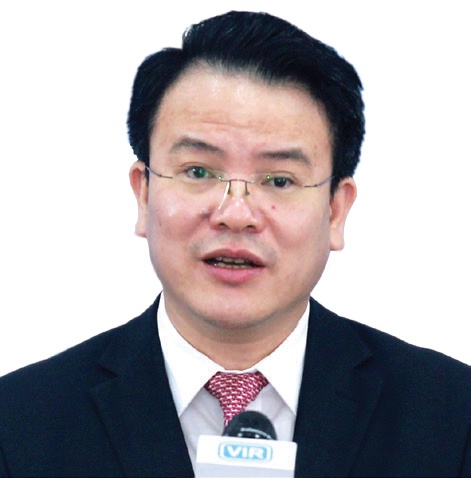
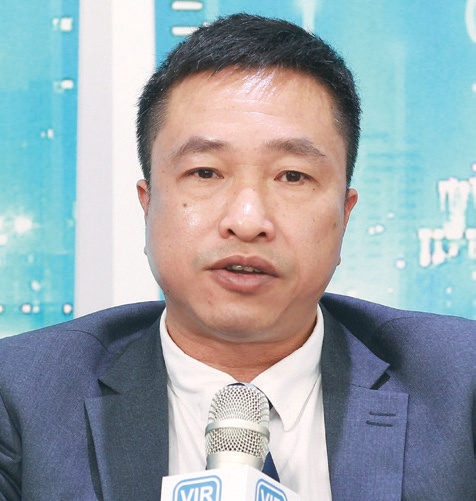
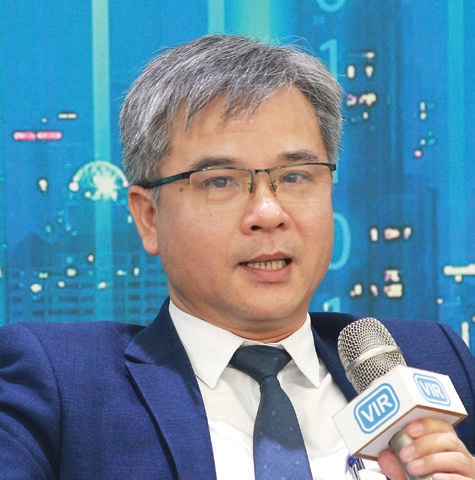
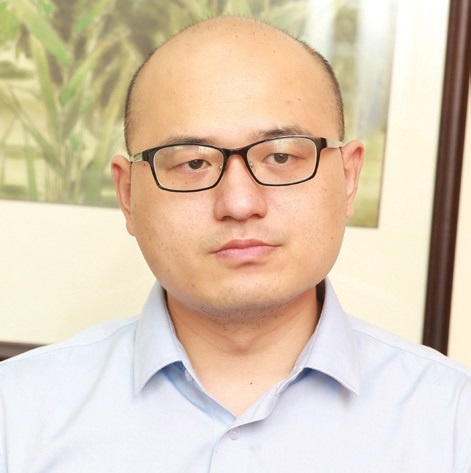
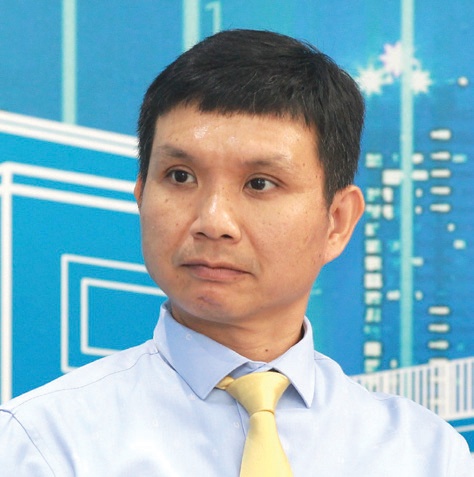
 Tag:
Tag:




















 Mobile Version
Mobile Version